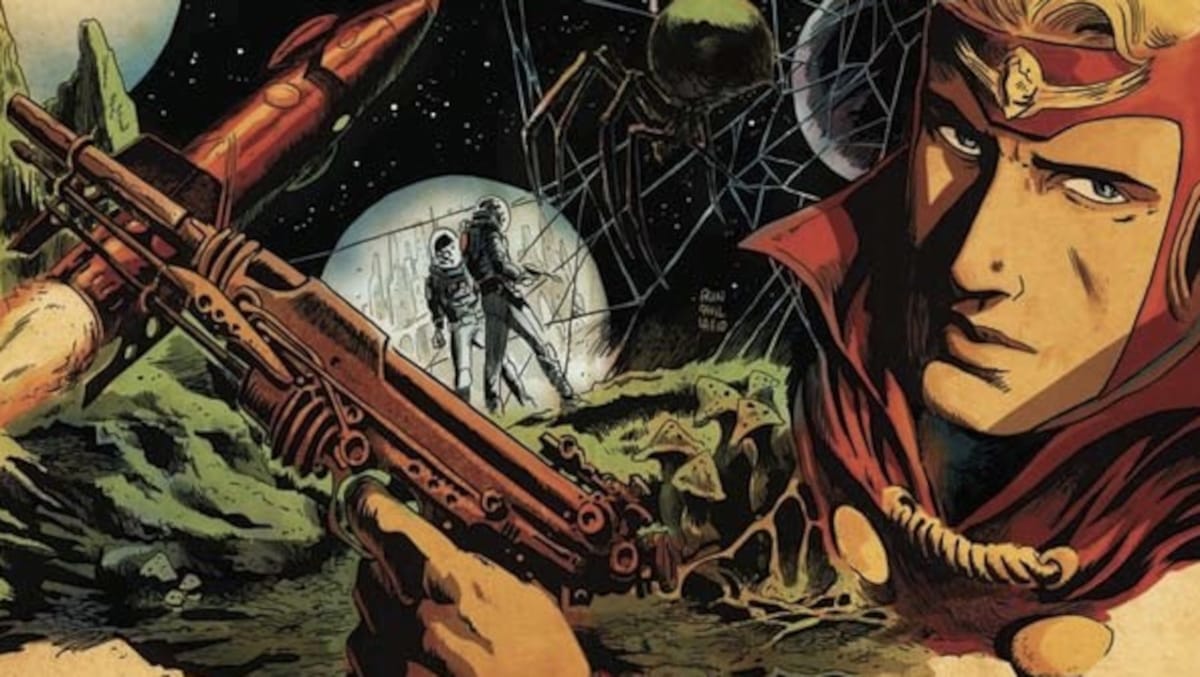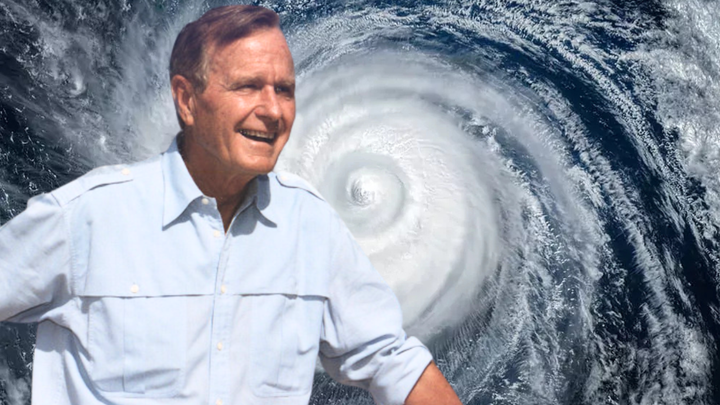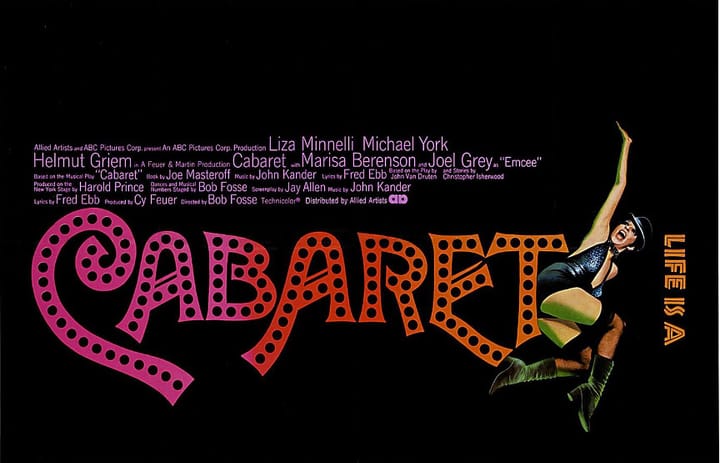Choose your weapon: The tech of my science fiction book “Faraway Star.”
When writing science fiction, the choices you make about the technology you depict have broad implications for the story.

This spring and summer (2025), I’ve been working on a writing project, one of my most important in many years: the science fiction novel Faraway Star, and its projected sequel. I wrote an article for the paid-tier members talking about those concepts and their extremely lengthy gestation. Long story short: the original genesis of Faraway Star was a story I wrote in college, more than 30 years ago, and the first draft of the novel was completed in 1998. I have, just this past week, finished the final draft of Faraway Star and begun the process of trying to find a publisher for it. This article is not about that. Instead, as the first half of 2025 for me has been focused a lot on my feelings about technology in the real world—see this article and this one, if you’re interested—I wanted to write a bit about how I decided to portray technology in Faraway Star and its universe. The subject was heavily on my mind as I was writing the books and I thought it might make an interesting article, so here it is.
Whenever a writer sets out to build a science fiction story, he or she must, as one of their first jobs, decide what the “rules” are of the world the story takes place in. This is a baseline task because all of the characters, situations, plot developments and details in the story must follow these rules. This is true of all stories, really, but it’s especially important in science fiction and fantasy. Science fiction necessarily involves technology in some fashion. Often it’s the departure point for the story. H.G. Wells’s 1895 novel The Time Machine is such a story: it’s principally about an inventor who builds, well obviously, a time machine. Most stories that involve contact between humans and extraterrestrials involve or at least assume the existence of faster-than-light travel. Science fiction often reflects the attitudes toward technology that are prevalent at the time a story is written. Victorian and Edwardian-era SF features a lot of airships and submarines; science fiction of the 1940s and 1950s (like Bradbury’s The Martian Chronicles) frequently dealt with the implications of atomic power and nuclear weapons; today’s SF explores dimensions of so-called artificial intelligence and the social ramifications of tech. This is all pretty basic.


